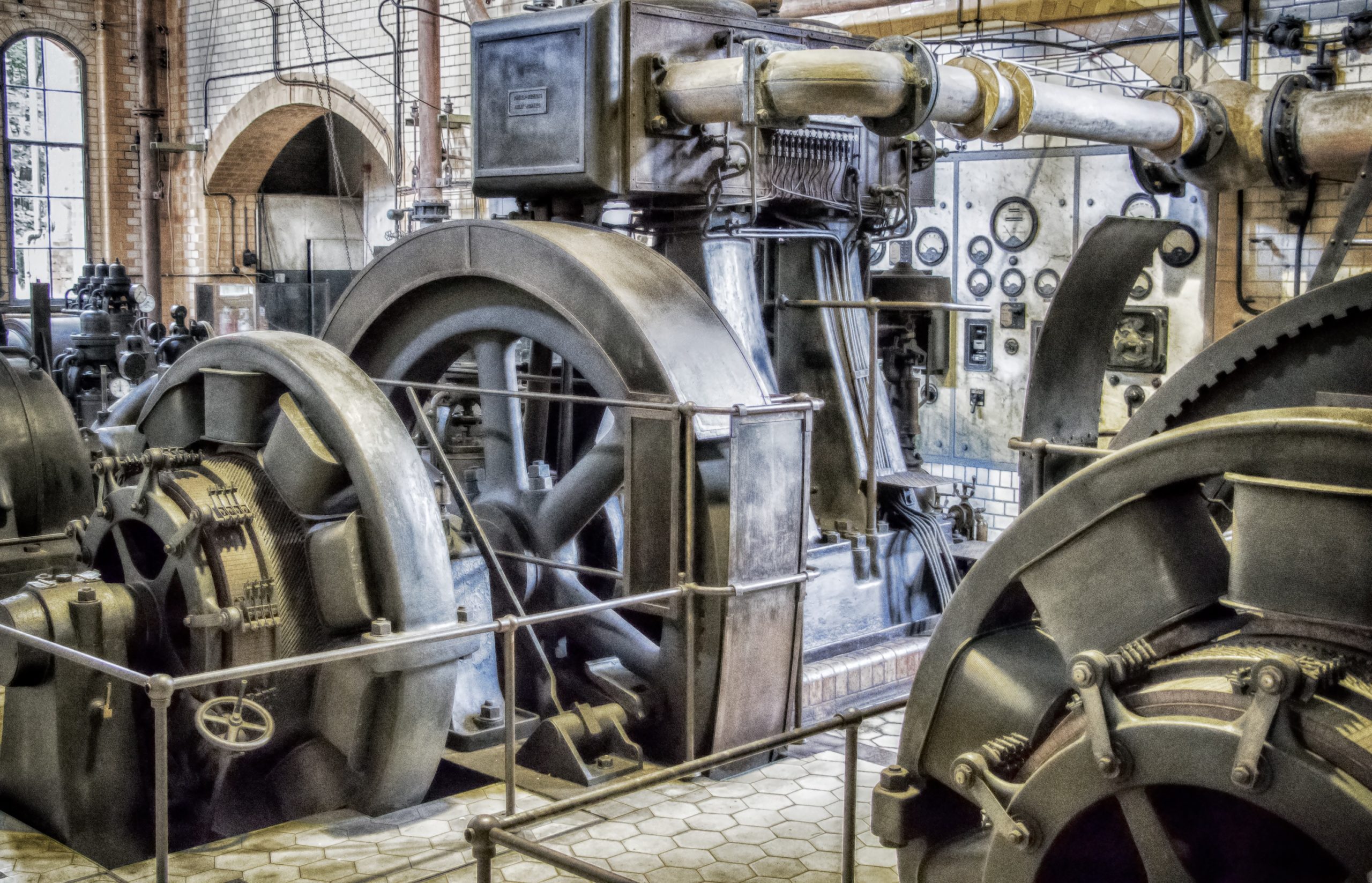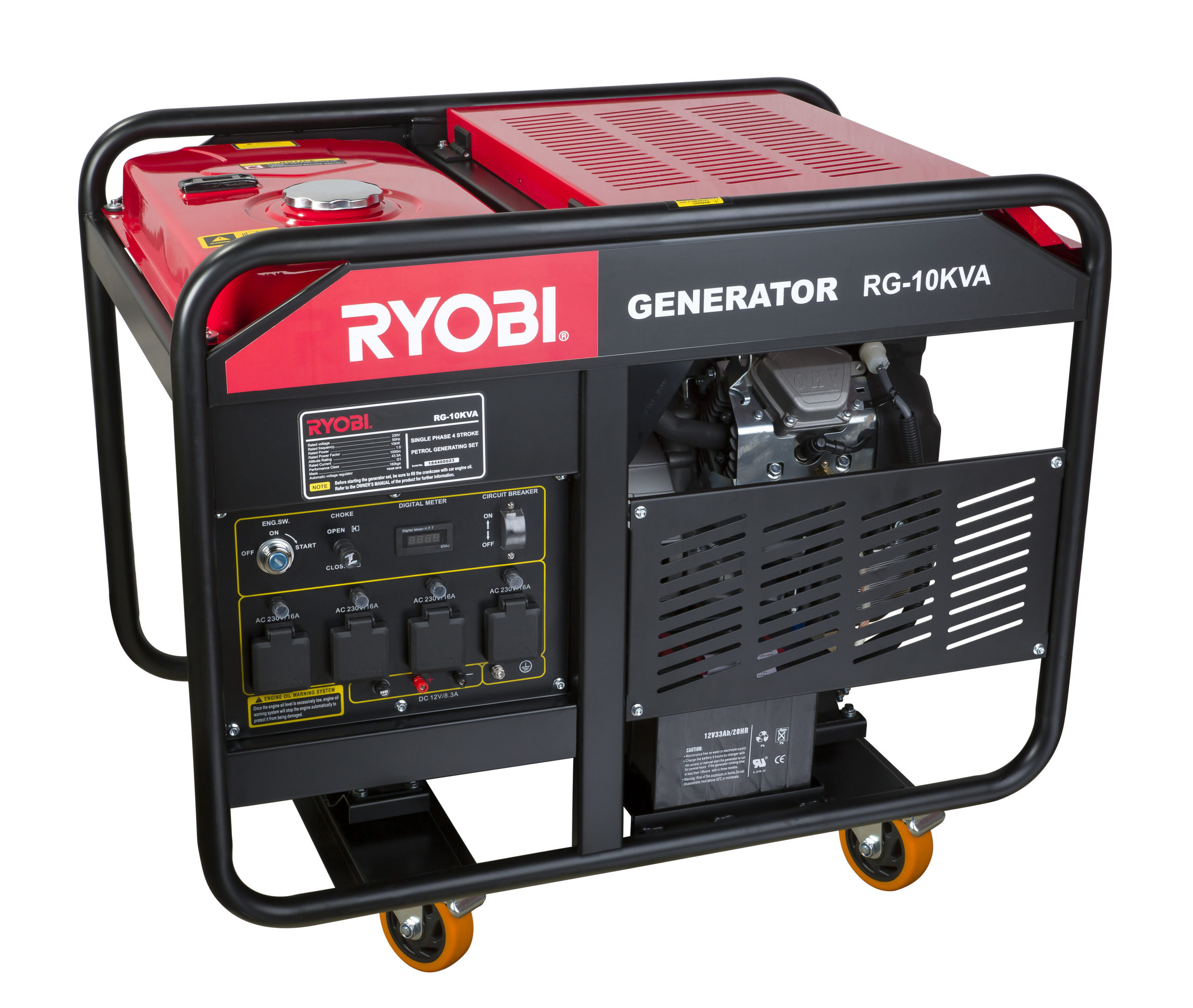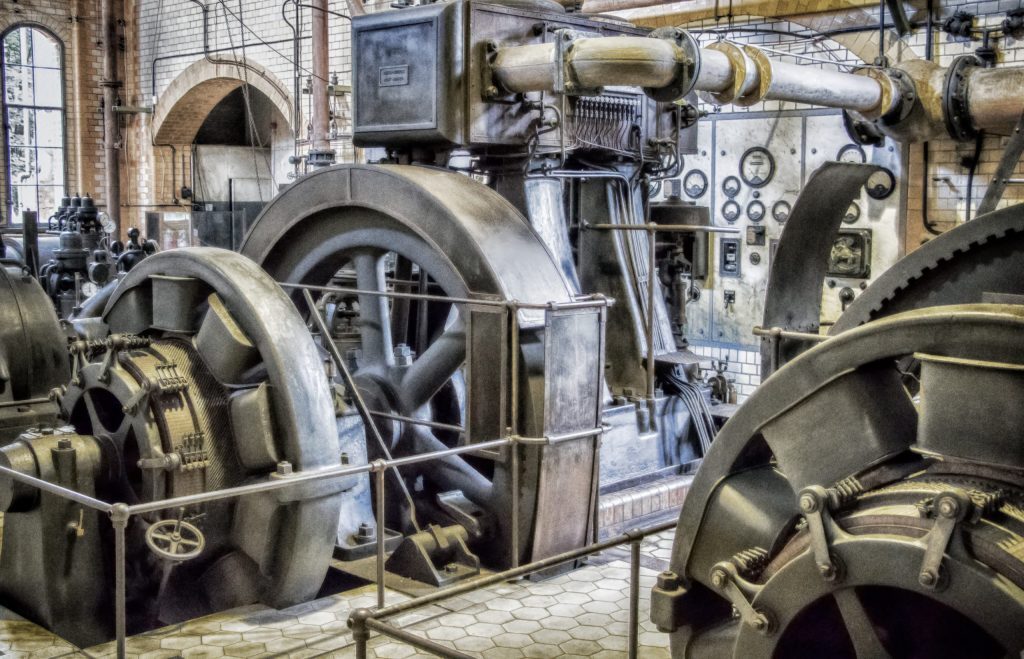What are you going to do about it,” Eskom cried. “Make your own damn power?!” “Yes,” the country replied. “We’ll install generators!” Here’s how you can join the revolution while keeping the home fires er… burning
Deja vu
 Remember, in 2008 when load shedding first turned up and we thought it was done and dusted? Remember, in 2015, when it came back and we were all surprised? Remember how, in 2019, load shedding rocked up again?
Remember, in 2008 when load shedding first turned up and we thought it was done and dusted? Remember, in 2015, when it came back and we were all surprised? Remember how, in 2019, load shedding rocked up again?
If it does go away (again), suspiciously close to a national election (or a pandemic, as it happens), you can be assured that load shedding will be back. Bigger and badder than ever before, to boot. The state power utility seems intent on fixing its balls-up this time around but, when it comes to treatment, the cure is always less pleasant than prevention. Sadly, there has been precious little prevention going on.
Now we can’t do anything about Eskom, except keep a closer eye on its finances and possibly disembowel anyone who steals large chunks of money from the company. We’re left with a very specific course of action: taking care of ourselves. There are many ways to do that, from stocking up on essential tech to going off the grid but the point is that we can’t wait for Eskom to get its act together. Rather than sitting in the darkness, we need to guide ourselves towards the light.
And that’s where generators come in. They turn dead dinosaurs into light, and internet, as well as heat and cold. You know, those things that Eskom (and the people who screwed it up) are denying South Africa?
Here’s where you can get to know your generators, and your home, a little better. We’re sorry to report that there’s some math homework coming but the end result is a more bearable load-shedding schedule. Even if things get worse, which they probably will before they get better.
When will it end?
Here’s where there’s a little bad news. Eskom, in February this year, said it was working on an 18-month plan of load shedding to get the ageing utility running a little better. And that’s a minimum number. Eskom COO Jan Oberholzer said “…we will be able to, after 18 months, be in a situation where we have the reliability and predictability back on the majority of our units.” Translation: Load shedding will be here until at least August 2021. And probably beyond. That’s a long time to sit and do nothing, folks. Don’t do that.
Gimme fuel, gimme fire
 So you have to buy a generator? Well, time to decide on a type, then on a size. We’re here to take the mystery out of that
So you have to buy a generator? Well, time to decide on a type, then on a size. We’re here to take the mystery out of that
Petrolhead
A petrol generator is going to look mighty attractive right about now. The entry-level models are cheap and you’ll find that scaling up will work out cheaper as well. But there are a few things to bear in mind – petrol gennys are cheaper for a reason. The engines need more maintenance more frequently, and they’re a little thirstier than their sturdier competition as well. But they tend to be more lightweight, so if you’re looking for portability, you may want to spend your money over here.
There are other pros and cons to be noted – petrol tends to run quieter, but the machine also runs hotter. Petrol is also a more combustible fuel. If you’re concerned about safety, it’s a plan to look elsewhere.
Sour Diesel
Conversely, a diesel generator might seem like it’s just what you need – the engines are hardwearing, don’t run at hot as petrol and require less maintenance. They’re more expensive from the outset, though, so the costing balances out. A diesel engine tends to be more reliable, especially if you’ve paid a higher price upfront, and its ignition methods make them less… explodey.
They’re also more fuel-efficient – you won’t burn quite as much fuel to power the same gear as a petrol generator. On the other side of the equation, their robust nature makes them harder to move around and they’re considerably louder – hopefully, you’re planning on making them a permanent installation somewhere sheltered, where you can muffle the sound. But if the noise, size, and initial cost is fine, diesel is your best friend.
Passing gas
There’s a third generator option, but you’re not going to take it. Maybe you’ll find it attractive, but your wallet and/or bank most certainly will not. Gas generators are quieter, more efficient and can even be set up to heat your home. Plus, you know, gas is cheap(er than petrol). But…they’re hard to find in South Africa in smaller sizes so the price barrier is large enough to keep out a zombie horde. A 7.5kW gas generator is several thousand rand more than its liquid competitors – not least of all because they tend to be imports. The relatively cheap price of liquid propane or natural gas isn’t enough to offset the cost. Unless you’re buying big and integrating it into your home, that is.
Counting the cost
 Before you buy a generator, you should know how much power you need. While things get a little tricky, as long as you can add (or have a calculator) you should be fine
Before you buy a generator, you should know how much power you need. While things get a little tricky, as long as you can add (or have a calculator) you should be fine
You know which sort of generator you crave, now it’s time to determine its size. That’s easy enough to do, we’ve just got to do this little thing called addition. Take the watt value of your items and add them together. Divide the result by 1000, and you’ll have the value in kilowatts (kW). Here’s a sample list:
Samsung RU7100 145W
Xbox One X 245W
Fridge 460W
Philips 3200 LatteGo 1500W
Russel Hobbes 1.8l 2400W
8 x 11W LED bulbs 88W
Total 4838W (4.85kW)
At first glance, you’d think that a 5kW generator would be enough to run this lot. And, if you got rid of the fridge and the coffee machine, you’d be correct. But anything with an electric motor also has something called startup wattage.
Startup wattage is a temporary power draw that has to be factored into the total. It’s a little like your starter motor in your car – extra power is required. A fridge may run at 460W but it could have a startup cost of 1500W. Which adds to our figure, taking it from 4.85kW to 5.9kW – meaning you need at least a 6kW generator to run the items listed. As for finding starting wattage figures, you’ll need to consult the documentation. Yup, gotta read the manual, we’re afraid. There’s no reliable formula for it. But, once you’re done with your math homework (correctly), it’s time to power up your home.
How to…Formula
Watt you talking ‘bout?
Sometimes your appliances aren’t going to play ball when it comes to wattage info. If you’re faced with a figure in amps (A), as we found with a computer monitor (1.1A), here’s how to get to watts (W). The formula is:
P = I x V or watts = amps x voltageHere in South Africa, voltage is 220, unless otherwise specified (if you’re using three-phase power, for instance). So, to find our monitor wattage it’s P (watts) = 1.1 (amps) x 220 (volts). So P equals 242 watts.
Picking up a few Kilos
A far simpler equation to deal with is converting kilowatts (kW) to watts (W). You’ve been to school, you should know what a kilogram is. It doesn’t get much easier (and no, your math teacher won’t accept this calculation – even if it produces the right answer).
W = kW x 1000. So 3.2kW x 1000 = 3200 watts.
Apparently this works
Something else you’ll encounter when buying a generator is a little something called kVA or kilo-volt-amperes. Relax, it’s just a measure of apparent power. You don’t need to panic about it. You just need to do a little reading. To go from kVa to W (kilo-volt-amperes to watts), you need the power factor (pf) – which is a variable number depending on the device (usually a generator) between 0.1 and 1.
W = (kVa x pf) x 1000
Ryobi’s RG-1200 generator, for example, runs at 1.2kVa and has a power factor of 1. To get to watts: (1.2 x 1) x 1000, which gives us 1200W. If the power factor was 0.8, it would look like this – (1.2 x 0.8) x 1000 = 960W. Easy, no?




